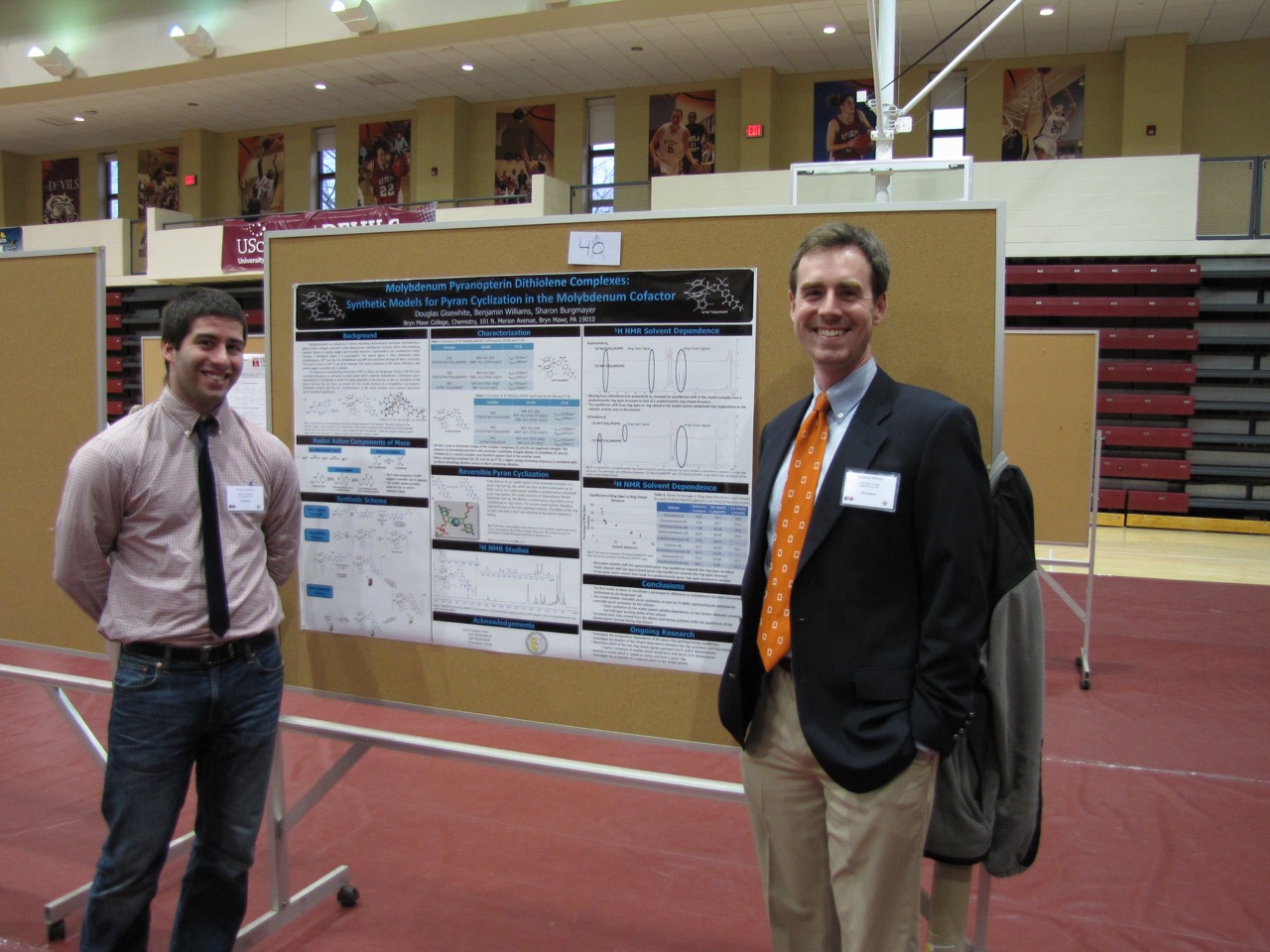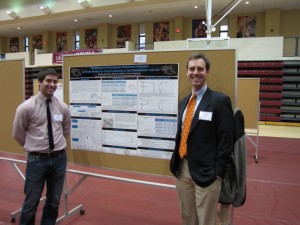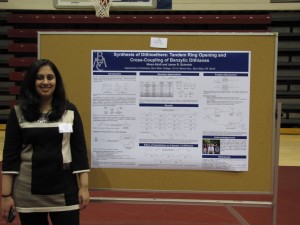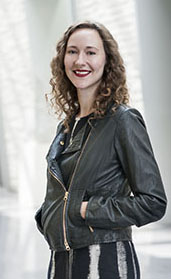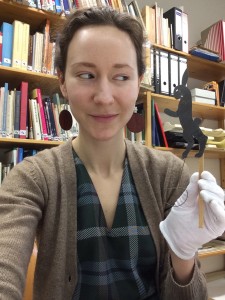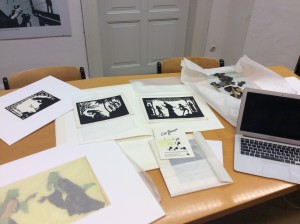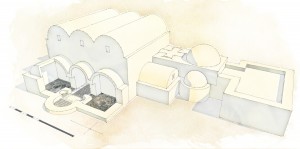Shannon Steiner received a two-year Samuel H. Kress Foundation Institutional Fellowship at the Zentralinstitut für Kunstgeschichte (Central Institute for Art History) in Munich, Germany, which will support her dissertation research on the subject of Byzantine cloisonné enamel.
The Samuel H. Kress Foundation is a premier source of grant and fellowship support for the study, preservation, and conservation of European art before the 19th century. The Kress Foundation partners with six European research centers for art history and offers one pre-doctoral fellowship per year for each.
The ZIKG in Munich is an internationally recognized research center for art history founded in 1946. It houses one of the world’s largest and most comprehensive art history libraries. The ZIKG especially supports object-based research with a focus on materials and techniques, art history as a specialized science, and art history in a global context.
The Institut is also home to the Forschungsstelle Realienkunde (Material Culture Research Center), which promotes research on the intersection of materials, technology, and representation. Shannon was particularly drawn to the triangulated research approach at the ZIKG because her dissertation frames Byzantine enamel as the visual manifestation of complex materials/chemical sciences and explores how the medium could embody and communicate ideas about the Byzantine Empire’s power over the natural world.
At the ZIKG, Shannon’s research will focus first on studying surviving Byzantine texts ranging from alchemical treatises to poetry to manuals on courtly protocol for mention of enamel, in order to glean information about its cultural significance and use. She will then undertake significant object-based study, including macrophotography of surviving Byzantine enameled objects in Germany, Italy, France, the UK, and The Republic of Georgia in order to document unique characteristics of their design, material composition and fabrication. Her ultimate goal is to bring these objects’ material characteristics into dialogue with textual evidence concerning enamel’s meaning in Byzantine society and diplomacy.


